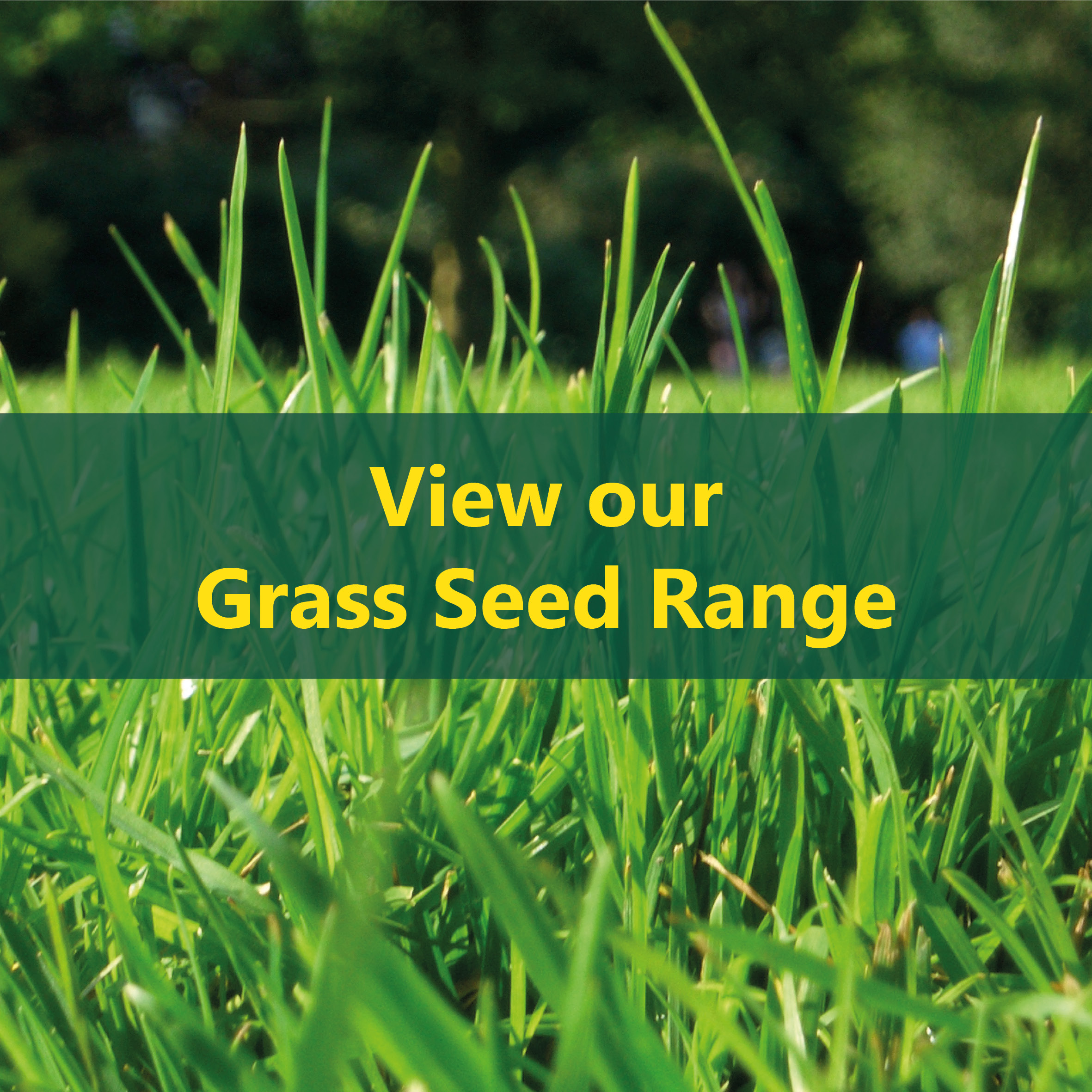Grass Seed
Key considerations for successful germination and establishment
Successful grass seed germination and establishment can sometimes be difficult. Seeds need water, air and appropriate temperature to germinate and establish. We want you to achieve the best possible results from using our mixtures. The following guidelines will help you to achieve this.
The germination process
Germination of grass seed begins when sufficient temperatures are present and adequate moisture is available for absorption. Sufficient water is vital to the germination process, which only begins when water is absorbed by the seed. Gibberellin hormones signal the production of hydrolytic enzymes which break down the starchy endosperm to simpler carbohydrates and amino acids to feed the embryo. The radicle (primary root) is the first structure to emerge from the embryo, followed by the coleoptile (primary shoot). Green leaf tissue emerges to begin the photosynthetic process to provide energy for successful establishment of the emerging plant.
Preparation
Good preparation of the area to be sown is essential for successful results, whether sowing a new construction or overseeding into an existing grass cover. Attention should be paid to ensure the seed is in good contact with the soil and to allow water and air infiltration. Thatch particularly inhibits oversowing establishment and this should be minimized prior to seeding.
Seed rates and depths
Barenbrug sowing rates are based on our high purity and germination rated mixtures. The type of machine or equipment used to apply the seed should be taken into consideration when calculating the sowing rate.
The recommended sowing depths are BELOW any thatch layer, ensuring the seed is in good contact with the soil at the recommended depth. This promotes a high percentage of successful establishment and protects the seed from foot traffic, mower blades and drying winds.
Water requirements
Sufficient water is vital to the germination process. After sowing, the soil should be kept MOIST but not too wet in the zone in which the seed is placed. Irrigation following sowing should ideally be based on local evapotranspiration (ET) rates. Too much can be as bad as too little, it can preclude vital air from the pore space, and air is essential for germination. Do not allow the seed or seedlings to dry out until germination has occurred.
Following germination, it is essential that newly emerged seedlings continue to receive sufficient irrigation/precipitation for successful establishment. Once established, your usual programme can be resumed.
Nutrition
Grass seed contains its own food source for initial germination. Applying feritiliser will provide the essential nutrients required to aid grass growth during establishment and subsequent maintenance. This can be applied as a pre-seed fertiliser prior to a new sowing.
When overseeding, it is more beneficial to the emerging new seedlings to apply fertiliser after germination rather than applying a pre-seed fertiliser. This helps reduce the competition from the existing sward (especially undesirable grasses), assisting with establishment.
The level of nutrient required depends on the nutrient status of your own soil and other external stress factors.
Soil temperatures
The temperature of a soil is an extremely important influencer on the germination process. There are significant differences in temperature germination response not only between species, but also between specific cultivars within a species. For the optimum results seed should be sown when temperatures are consistent for the relevant mixture. The following is a guideline for the accepted germination of individual species:
Perennial ryegrass - 7 - 15 days with soil temperature range of 7 - 28°C
Red fescue - 10 - 21 days with soil temperature range of 10 - 26°C
Browntop bent - 10 - 21 days with a soil temperature range of 12 - 28°C
